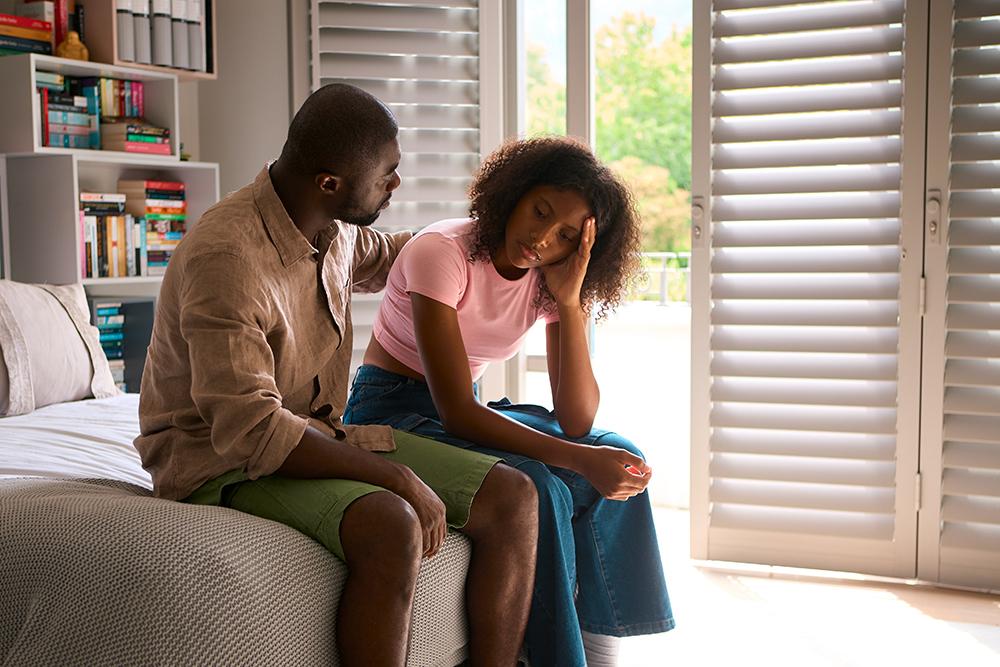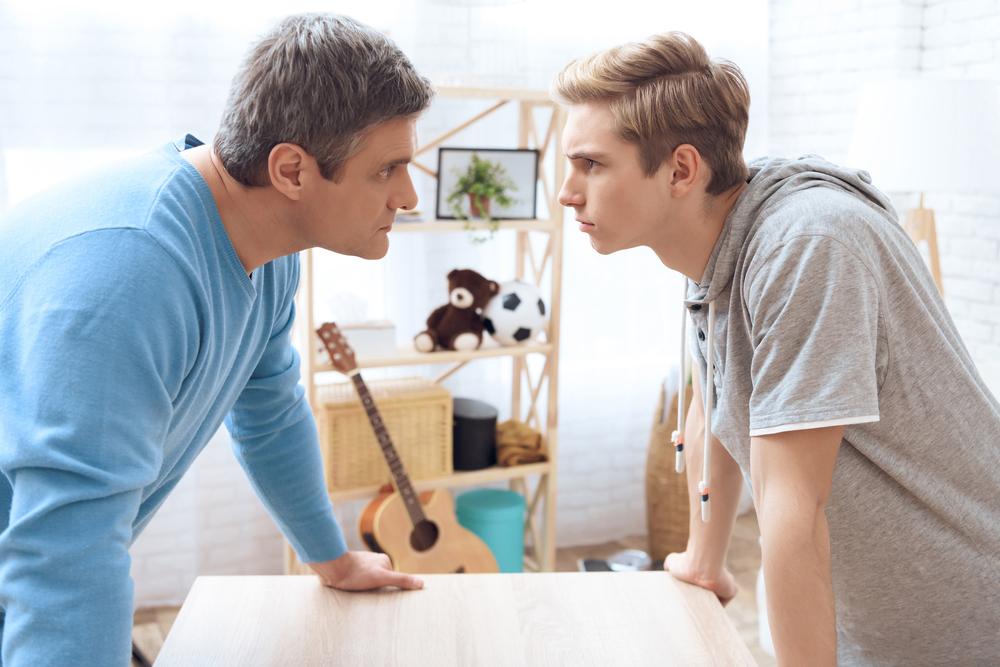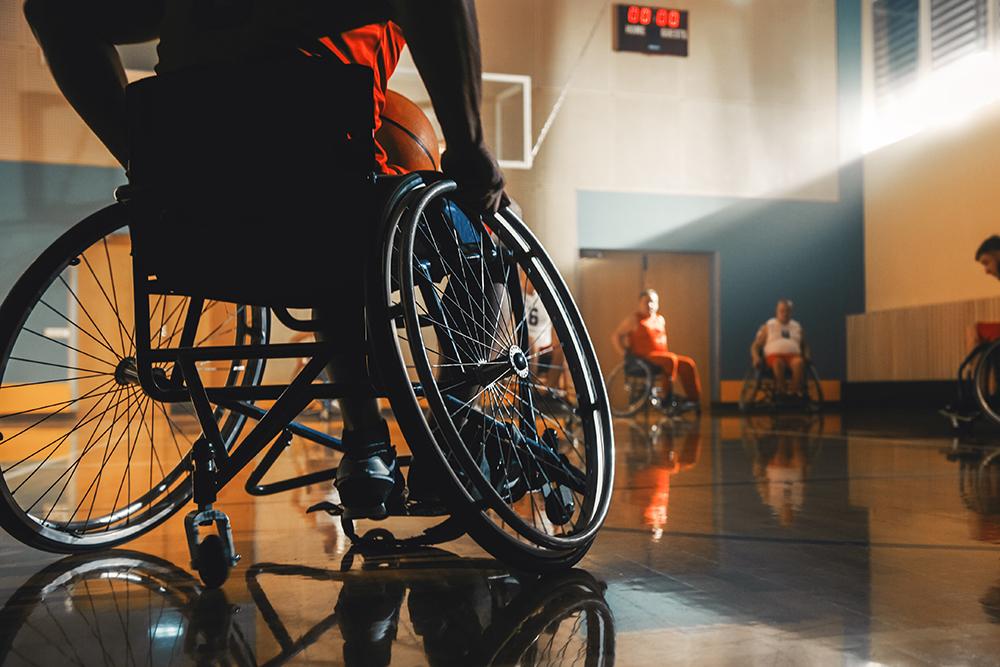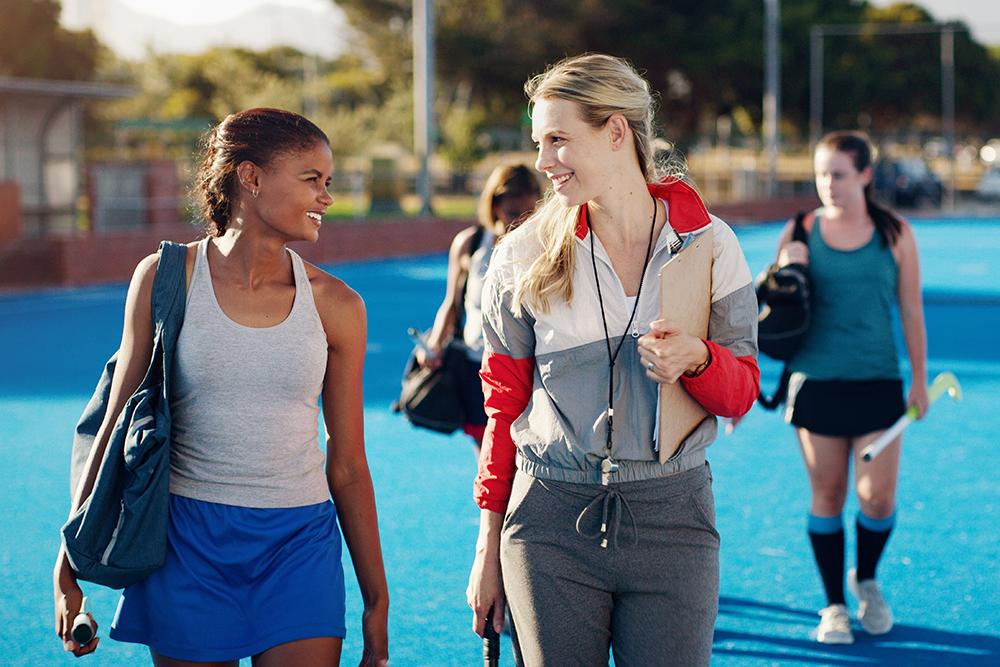 Mediation—the act of working with a neutral third party to solve a problem and come to a solution—can be an extremely useful tool for any athletic team. Rather than simply arguing amongst yourselves or bringing the coach in to solve every inter-team issue, being able to use mediation to settle disputes between team members can lead to a much healthier team overall. That “neutral facilitator” could be another teammate, a mutual friend, or a trusted adult, but it’s important to get the dynamic right.
Mediation—the act of working with a neutral third party to solve a problem and come to a solution—can be an extremely useful tool for any athletic team. Rather than simply arguing amongst yourselves or bringing the coach in to solve every inter-team issue, being able to use mediation to settle disputes between team members can lead to a much healthier team overall. That “neutral facilitator” could be another teammate, a mutual friend, or a trusted adult, but it’s important to get the dynamic right.
Here, TrueSport Expert Nadia Kyba, MSW, President of Now What Facilitation, is sharing the basic principles for holding a mediation session for a dispute and explaining when it works best for athletes, as well as what to do when it doesn’t.
Mediation Basics
Firstly, it’s important that the facilitator truly understands their role and commits to remaining neutral. The mediator isn’t there to come up with solutions or pass judgement, they’re simply there to help keep the conversation productive, allowing both team members a chance to speak, to respond, and to explain their position and “fixed solutions,” which are the different solutions that each person believes to be the only/best solution.
“Ideally, on a team, all athletes should be able to help each other mediate problems or facilitate conversations,” she adds. It may take some practice to understand how to truly remain neutral and not take sides, but it’s a skill worth learning.
Mediation Tactics
“A big part of the mediator’s role is to help the athletes separate out the real problem,” Kyba says. This means asking questions and letting each party share their feelings and experiences. The goal of a mediator is to help those involved in the disagreement get to the real, underlying cause of the conflict, and to help them reach solutions that are mutually beneficial and agreed upon.
“The hardest part of mediating is reframing the problem and helping the athletes see that there are likely many solutions to that problem,” she adds.
This all sounds very formal and likely a bit intimidating, but Kyba says that while the mediation should be taken seriously, it doesn’t need to be formal. It can be a simple discussion after practice or at lunch.
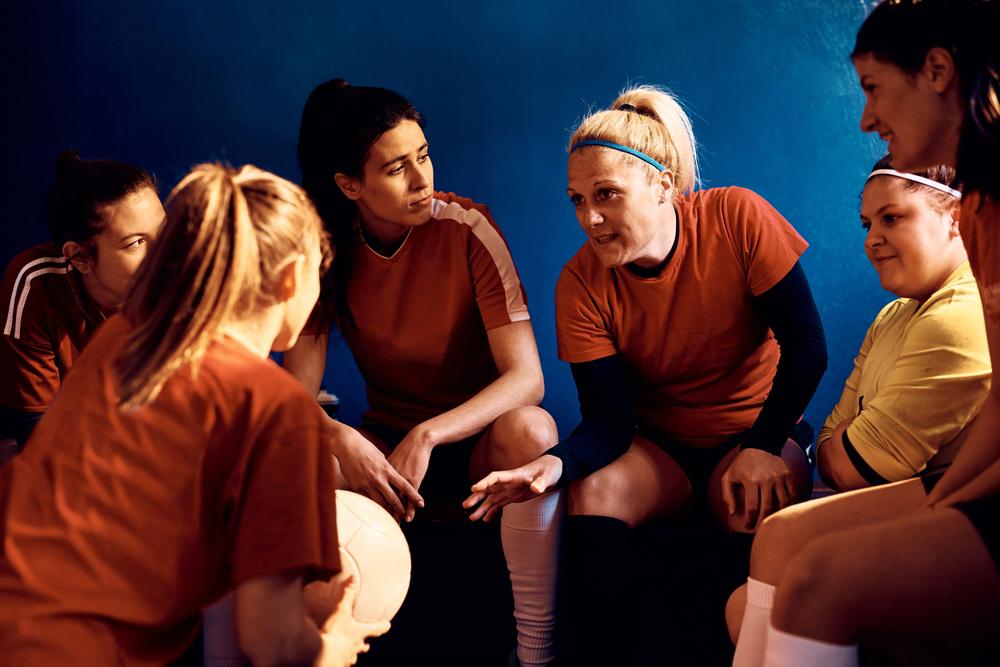 You may not come to a solution right away. It may take several meetings to come to a solution, or the athletes may simply end up agreeing to disagree—and that’s okay, says Kyba. “Ideally, the goal is that even if the big problem is not solved, there are some smaller agreements and some little wins. There should be compromise involved, and rarely should it end with one party being ‘right’ and the other being ‘wrong.’ Ideally, everybody comes away with something.”
You may not come to a solution right away. It may take several meetings to come to a solution, or the athletes may simply end up agreeing to disagree—and that’s okay, says Kyba. “Ideally, the goal is that even if the big problem is not solved, there are some smaller agreements and some little wins. There should be compromise involved, and rarely should it end with one party being ‘right’ and the other being ‘wrong.’ Ideally, everybody comes away with something.”
If you’re the mediator in a team disagreement, Kyba suggests making sure everyone understands your role and agrees on expectations. “When I’m doing mediations, I’ll say that I’m the keeper of the process. My job isn’t going to be to make decisions. My job is going to be to help you have a conversation. If I think that you’re getting into it too much, or you’re not listening to each other, then I’m going to suggest that we just pause and come back when everybody’s calmer.”
She adds that a good mediator helps monitor ‘air time’ for each athlete. It doesn’t need to be perfect, but each athlete should have roughly the same amount of time to speak and make their position clear.
For high school athletes, Kyba recommends setting a timer for 45 minutes at most. Often, if a mediation is lasting longer than that, it’s better to break it into sessions since the longer it goes, the more likely it is that athletes will get frustrated.
A good mediator can also take notes, Kyba adds. “Sometimes it’s easier to follow what’s being said when you take notes during the mediation, and then at the end, write up the notes so that there is a record. I think it’s helpful to have this, because sometimes when you’re emotional, it’s hard to remember what was said.”
Mediations should always happen in person. “It’s too easy for people to fire off texts and emails, but when they sit down in a room together and really try to understand the other person’s perspective on a problem, it’s much easier to come to a collaborative solution,” she says. “The most important part of it all is having a face-to-face conversation with someone present who is holding you accountable to having the conversation.”
Finally, as with any difficult conversation and team conflict, if it’s clear that any athlete is feeling uncomfortable or unsafe in a situation, mediation doesn’t take the place of informing a trusted adult about potential issues.
Scenario
Two athletes on the team are friends, and one of them was recently promoted to team captain. The other one felt as though they didn’t have much of a role on the team, and they didn’t have the leadership opportunities that they had wanted. Because of that, their friendship is suffering, as is their ability to play well together on the team.
Mediation Example
In this case, the mediator could be another athlete listening to their teammates’ positions and their fixed solutions to the problem. The mediator should be agreed on by both athletes. If the athletes can’t agree on a teammate who would be able to be neutral, Kyba suggests asking a team manager or teacher.
The new team captain may simply want to enjoy being captain on their own, and their solution is that their teammate should accept that. The other athlete may believe that the solution is that they could become co-captains. The mediator can help ask questions that allow the athletes to think through what’s actually important to them.
Through a series of thought-provoking questions about why each athlete wants to be team captain, both athletes should learn about their real individual motivations and better understand their assumptions about each other. For example, the athlete who didn’t make captain may realize that they don’t necessarily need to be captain, but they do want to have a leadership opportunity to put on a college resume.
From there, the mediator can ask them how both athletes can have leadership opportunities within the team. That could mean adding a new role on the team for the non-captain teammate or switching the captain’s role halfway through the season.
_______________________
Takeaway
Being able to use mediation when dealing with a conflict or difference of opinion is a great tool to learn and use, not just in sport, but in other areas of life. Mediators can be a neutral teammate or friend who can ask questions, take notes, and make sure each party is heard as they work through a disagreement.
